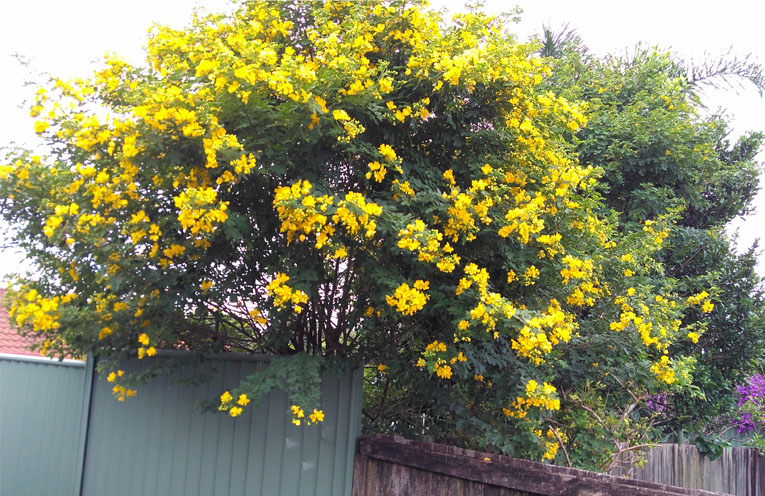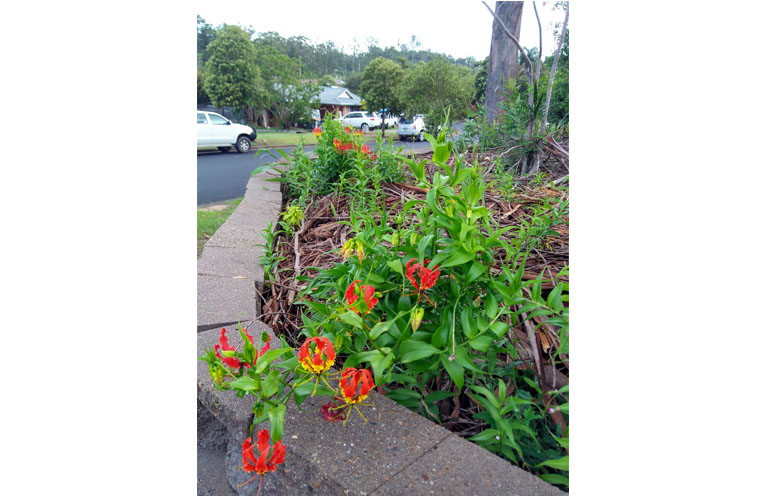
WITH Earth Day 2022 (Friday 22 April) in mind, Landcare is focusing on why we need to spend time weeding and why weeds are unwanted.
“What are weeds?” Barry Powells, President, Coffs Harbour Regional Landcare rhetorically posed to News Of The Area.
 Advertise with News of The Area today.
Advertise with News of The Area today.It’s worth it for your business.
Message us.
Phone us – (02) 4981 8882.
Email us – media@newsofthearea.com.au
“The general definition of a weed is simply any plant growing where it is not wanted.
“They can be plants introduced from another country, either intentionally or by accident.
“Some weeds can be native plants removed from their natural environment and become unwanted by thriving in their new environment either in Australia or overseas.”
Weeds can be found virtually anywhere from cropping and grazing farms, lawns, vegetable and flower gardens, sporting fields, golf courses, national parks, forests and waterways.
The Australian landscape is under increasing pressure as weeds continue to spread to new areas while many continue to thrive in existing environments.
This can be partly explained by increased land clearing for agriculture and housing needs and also by natural causes such as fire, floods and droughts.
Weeds are often very resilient and can adapt to new environments very successfully and grow where more desirable species cannot.
Weeds generally have rapid rates of reproduction with seeds able to spread very successfully by wind, water, on animals, vehicles and humans.
Some have very attractive flowers and can be spread unintentionally by keen gardeners.
Coffs Harbour Landcare’s vision is to provide leadership and advocacy to not only their volunteers but also all land managers and the wider community to help improve the resilience and adaptability of our natural environment.
“Weeds of many kinds are a major problem for all Landcarers, be they local gardeners or farmers.
“Being very opportunistic, weeds are often the first plant to show up on any bare ground, disturbed soil or where more desirable species are not thriving.
“A good local example can be seen in many lawns where continued rainfall has led to saturated soil, resulting in the appearance of moisture-loving species such as various sedges and less vigorous lawns.”
There are over 300 local Landcarers who volunteer on over 40 sites throughout the city with most focusing on some form of weed removal.
Priority weeds are many but generally Lantana, Cassia, Bitou Bush, Mother of Millions, Painted Spurge and vine weeds, Morning Glory, Mile a Minute and the toxic Glory Lily are the main targets.
Removing these weeds gives native plants a far better chance to grow and produce a canopy over the ground to help shade out future weed growth.
“Removing weeds can be hard work but all Landcare volunteers love their work and get great satisfaction seeing healthy local species replacing weeds,” said Barry.
For more information on CHRL visit www.coffsharbourlandcare.org.au/.
By Andrea FERRARI

